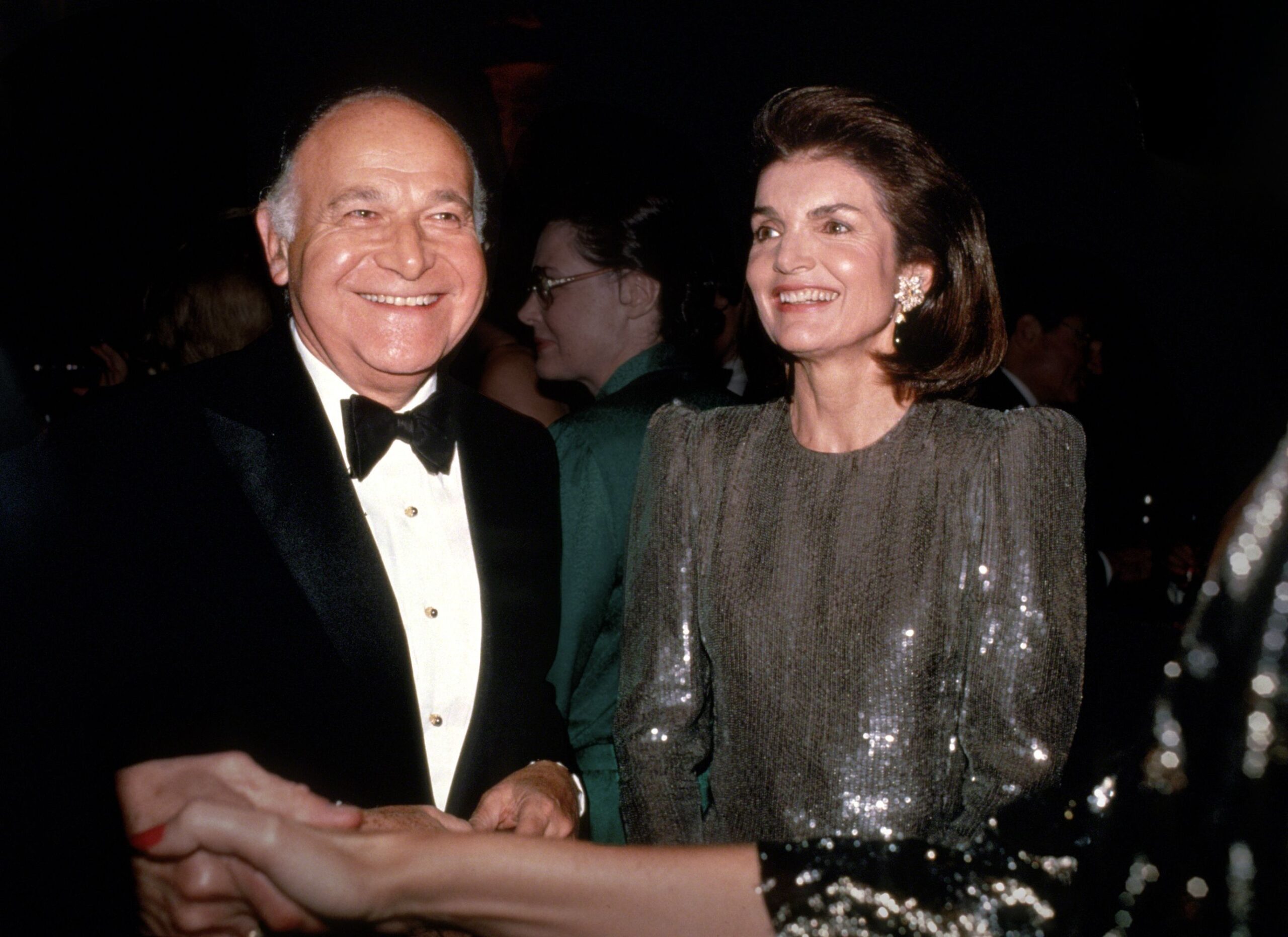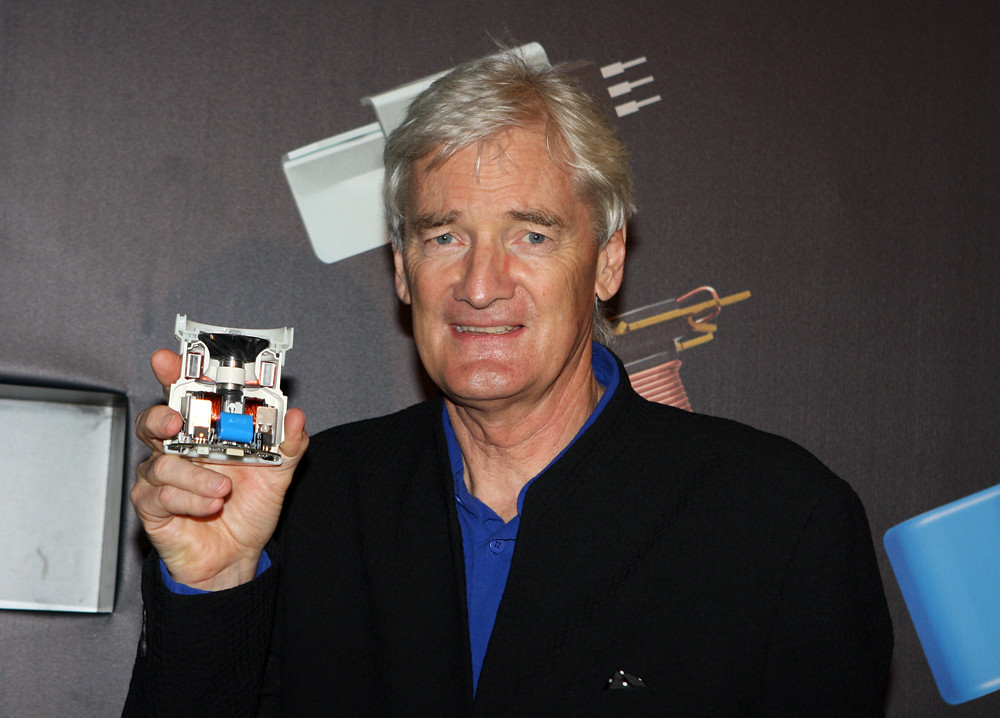
Maurice Tempelsman, a figure whose life intertwined the worlds of international finance, global politics, and an enduring, fiercely private companionship with Jacqueline Kennedy Onassis, passed away on August 23, 2025, at the age of 95. His death, resulting from complications following a fall, marks the end of an era defined by astute business acumen, discreet influence, and a profound personal bond that captivated public attention late in his life. Born into a turbulent century, Tempelsman navigated immense geopolitical shifts, building an empire from diamonds while cultivating relationships that spanned from African leaders to American presidents.
His journey, which began with a harrowing escape from Nazi-occupied Europe, evolved into a storied career as a diamond magnate, a trusted advisor to the powerful, and a steadfast partner to one of America’s most revered figures. Tempelsman’s life narrative offers a compelling study of ambition, discretion, and the often-unseen forces that shape global commerce and political landscapes, all while adhering to a deeply personal ethos of privacy.
This article embarks on an in-depth exploration of the myriad facets of Maurice Tempelsman’s illustrious and complex life, illuminating the key milestones that defined his nearly a century on Earth. We will delve into his remarkable trajectory, from entrepreneurial beginnings to his significant, sometimes controversial, dealings in Africa, and his profound connections within the Democratic Party.
:max_bytes(150000):strip_icc():focal(764x357:766x359)/Maurice-Tempelsman-Africa-America-28th-Annual-Awards-Dinner-Gala-2012-082525-59b0c42b6b714f8db4905f676260b747.jpg)
1. **A Life Forged in Flight: Early Years and Escape from Nazi Europe**Maurice Tempelsman’s life began in Antwerp, Belgium, in August 1929, born to Orthodox Jewish parents. His early childhood was abruptly curtailed by the advancing threat of Nazi Germany, which invaded Belgium in 1940. This pivotal event forced his family into a dramatic flight from occupied Europe, a formative experience that underscored the precariousness of life and the necessity of resilience.
The Tempelsman family sought refuge and settled in New York City, joining a community of other refugees on the Upper West Side of Manhattan. This new environment provided the backdrop for his formative years, offering a new beginning away from the war-torn continent. The experience of displacement and adaptation undoubtedly contributed to the pragmatic and intensely private nature that characterized his later life and career.
He briefly attended New York University for two years, an initial academic pursuit that was soon overshadowed by the opportunities within his father’s business. This period of early adaptation and the abrupt shift from academia to commerce laid the groundwork for his unique approach to the diamond industry and global affairs.

2. **The Ascent of a Diamond Tycoon: Entry into Business and Early Success**Maurice Tempelsman’s academic career was brief; he left New York University after two years to join his father’s nascent diamond merchant company, Leon Tempelsman & Son. This marked his immersion into the intricate and often clandestine world of the diamond trade, where his exceptional entrepreneurial acumen quickly became apparent, shaping the firm’s future.
By 1950, at barely 21 years old, Tempelsman achieved a monumental feat for the company. He successfully persuaded the United States government to acquire African industrial diamonds, not merely as commercial goods but as critical strategic materials for national stockpiles. This prescient initiative, responding to post-World War II resource anxieties, instantly elevated his and his firm’s standing internationally.
This strategic move established Tempelsman as a crucial intermediary, connecting African diamond suppliers with American governmental interests. He acutely understood the shifting global landscape, particularly Africa’s imminent decolonization, recognizing the opportunities it presented for direct engagement with newly emerging nations and securing his role as an indispensable figure in the global diamond trade.

3. **Architect of Influence: Forging Ties in Washington and Africa**From the moment he secured the pivotal U.S. government diamond deal, Maurice Tempelsman began cultivating a discreet yet powerful network in Washington. He became a significant, albeit private, fund-raiser and donor for the Democratic Party, contributing over $500,000 in the 1990s alone, solidifying his access to political circles from the 1950s onward.
His political connections transcended mere donations, evolving into close personal friendships with key Democratic figures. This network included President John F. Kennedy, with whom he previously arranged meetings on diamond industry matters, and later, Secretary of State Madeleine K. Albright and National Security Adviser Anthony Lake from the Clinton administration. Such relationships provided him with unparalleled insight and influence.
This dual capacity as a shrewd businessman and a politically connected insider allowed Tempelsman to operate effectively across continents. He skillfully navigated the complex dynamics between resource-rich African nations and American policy interests, acting as a discreet go-between for both commercial ventures and political objectives, amassing a significant fortune and influence without seeking public recognition.

4. **Navigating a Complex Continent: Early African Engagements and Decolonization**Maurice Tempelsman keenly perceived the profound geopolitical shifts occurring across Africa in the mid-20th century. He understood that decolonization would dismantle the control of traditional colonial companies over the continent’s resources, creating unprecedented opportunities for adaptable, independent operators like himself to forge new relationships and establish commercial ventures. This foresight propelled his early and decisive engagements.
At 27, he journeyed with his legal advisor, Adlai E. Stevenson II, a prominent Democratic figure, to the Gold Coast, then on the verge of becoming independent Ghana. There, Tempelsman observed independent diamond diggers forming their own market, swiftly securing one of the first buying licenses. This direct engagement marked his active participation in Ghana’s burgeoning diamond trade, establishing a significant early presence in the region.
His involvement in newly independent African nations, however, was often intertwined with local political turbulence. In Ghana, for instance, Tempelsman’s representatives reportedly took a leading role in advocating for the removal of nationalist leader Kwame Nkrumah. Nkrumah’s socialist economic policies were seen as a threat to the diamond market, prompting Tempelsman’s interest in supporting a more Western- and business-friendly alternative.
This strategic, albeit controversial, intervention highlights Tempelsman’s pragmatic approach to business in a volatile political landscape. It showcased his willingness to navigate and influence political transitions to safeguard and expand his commercial interests, capitalizing on the opportunities presented by the sweeping changes of decolonization.

5. **The Mobutu Connection: Business and Politics in Zaire**Maurice Tempelsman’s strategic focus on Africa significantly included Congo, later known as Zaire and now the Democratic Republic of Congo, a nation abundantly rich in diamonds, copper, and cobalt. Recognizing this immense mineral potential, he swiftly established a presence and became an ardent early supporter of Colonel Joseph Mobutu, who would eventually consolidate power as Mobutu Sese Seko, ruling autocratically for decades. This particular connection became one of the most intricate and debated aspects of Tempelsman’s career.
He was widely credited with helping to facilitate Western backing for Mobutu, whose regime, despite its kleptocratic and repressive nature, was strategically viewed by many in the West as a vital anti-communist ally during the Cold War. Tempelsman’s close ties with Mobutu yielded substantial commercial benefits, notably when Mobutu granted him the lucrative copper and cobalt concession at the vast Tenke Fungurume mine, a deal that bypassed a previously promised Belgian group.
This powerful alliance between Tempelsman and Mobutu attracted considerable scrutiny over the years. Critics often depicted Tempelsman as a “silent business partner” to a dictator whose government was systematically exploiting its natural resources while subjecting political opponents to torture and imprisonment. These financial alignments allowed Tempelsman to operate and profit, sometimes acting on the rulers’ behalf as a de facto U.S. intermediary.
In a rare public comment on the Tenke Fungurume deal, Tempelsman once mused, “Somebody had to win, and I guess we won that one. I wish now we hadn’t!” This remark offered a fleeting glimpse into the complex moral dimensions of his African dealings, characterized by the often-blurred lines between business pragmatism, political expediency, and humanitarian concerns within volatile regions.

6. **A Web of Power: Collaborations with Intelligence and Political Figures**Maurice Tempelsman’s influence extended beyond the traditional spheres of commerce and overt politics, reaching into the more opaque realms of international intelligence. His extensive business interests in politically volatile nations, particularly in Africa, frequently intersected with instances of coups and other foreign intrigues, rendering him a figure of considerable fascination and, at times, fueling conspiracy theories about his true role.
A notable aspect of his complex network was his association with Lawrence Devlin, a former C.I.A. station chief in pre-Zaire Congo. Devlin, who had overseen the CIA’s support for Mobutu in the early 1960s, later transitioned to working for Tempelsman in Africa. Reports indicated that Devlin continued to share information with the intelligence agency during this period, highlighting Tempelsman’s capacity to engage individuals with deep governmental and intelligence backgrounds within his private ventures.
Furthermore, Tempelsman frequently functioned as an unofficial “troubleshooter” or discreet intermediary for the U.S. State Department in Africa, despite never holding a direct official position. Declassified State Department cables, later made public, reveal his involvement in sensitive situations. These included facilitating clandestine travel for African leaders amid political crises, briefing U.S. officials after his meetings with Mobutu, and even expediting travel permits for the daughters of Gabon’s president.
These instances exemplify Tempelsman’s profound embeddedness within the diplomatic and political operations of the continent. As one U.S. diplomat noted, he knew “how to stay close to people without getting too close,” a strategy that ensured his resilience and continued influence even as political landscapes shifted and regimes ultimately fell.

:max_bytes(150000):strip_icc():focal(999x0:1001x2)/onassis-tempelsman-3-2000-f94e7e9d9125433baf3214cea69fe67f.jpg)


